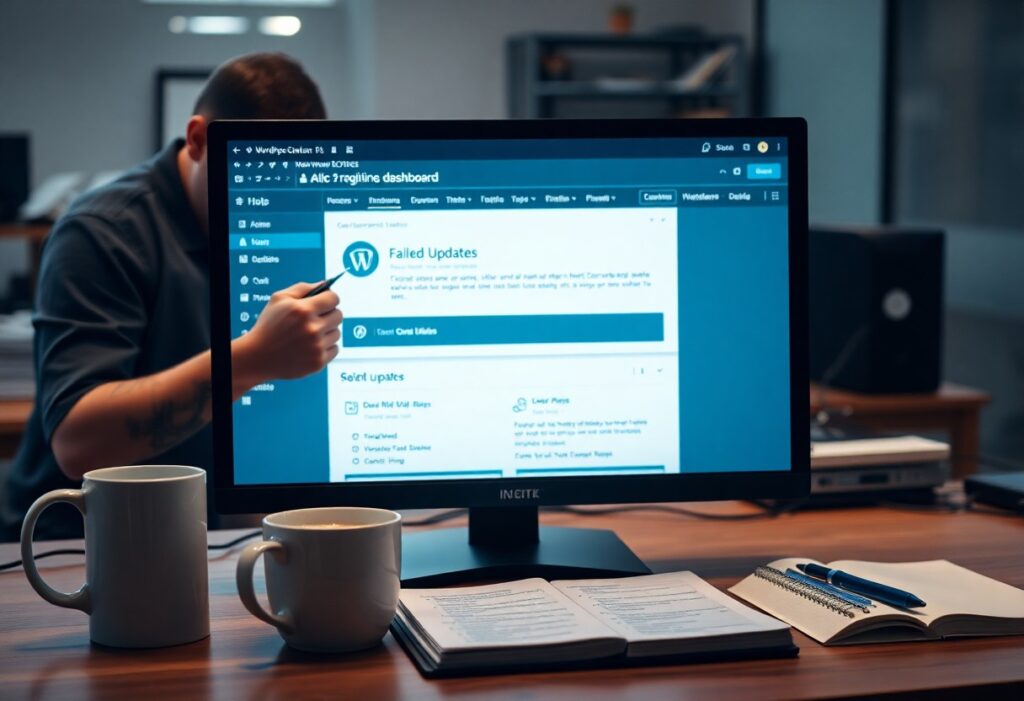There’s nothing more frustrating than encountering an internal server error on your WordPress site. This generic error can leave you puzzled, as it doesn’t give clear indications of what went wrong. Thankfully, you can immediately take steps to diagnose and resolve the issue, getting your site back to normal without delay.
First, it’s necessary to identify the cause of the internal server error, which often stems from a misconfiguration, plugin conflict, or issue with your theme. To pinpoint the problem, start by checking your .htaccess file, as this file can often lead to server errors. You can access it through FTP or your hosting’s file manager. If you find it difficult to locate, it’s often situated in the root directory of your WordPress installation. Rename the file to something like .htaccess_old and try reloading your site. If the error disappears, you will then need to create a new .htaccess file by going to your WordPress dashboard, navigating to Settings > Permalinks, and clicking ‘Save Changes’ to regenerate it.
Next, plugin conflicts are a common culprit for internal server errors. You can quickly check if a plugin is causing the issue by deactivating all your plugins. Simply log in to your FTP or file manager, navigate to the wp-content folder, and rename the plugins folder to plugins_old. This action will disable all plugins. If your site loads properly, it’s likely that one of the plugins was the issue. To identify the problematic plugin, rename the folder back to plugins and activate each plugin one by one until the error reappears.
If your site continues to throw an internal server error after checking the .htaccess file and disabling plugins, it may be related to your active theme. You can switch to a default theme, such as Twenty Twenty-Three, to see if the error resolves. Access your themes folder through FTP, navigate to wp-content/themes, and rename your current theme folder. This action forces WordPress to revert to a default theme. If the site functions correctly after this, your original theme likely has a glitch that needs further investigation.
Another common issue could be PHP memory limits. If your site experiences high traffic or runs resource-intensive plugins, it may exceed the memory limit set by your host. You can increase your PHP memory limit by editing the wp-config.php file via FTP. Add the line: define('WP_MEMORY_LIMIT', '256M'); just above the line that says ‘That’s all, stop editing!’. Save your changes and check your site again.
Lastly, it’s also beneficial to check server logs, often found in your hosting account. These logs can provide detailed information about the errors occurring on your server. If you are still unable to resolve the issue after trying these steps, consider reaching out to your hosting provider for assistance, as they can help troubleshoot further and ensure your server settings are optimal for running WordPress.
By following these steps, you can swiftly diagnose and resolve internal server errors on your WordPress site, helping you maintain a smooth operation and keeping your visitors happy.
Need expert help managing your WordPress site?
If "How Do You Diagnose And Resolve Internal Server Errors In WordPress Instantly?" was useful, imagine your site with expert care — speed, security, uptime, and updates handled for you.




